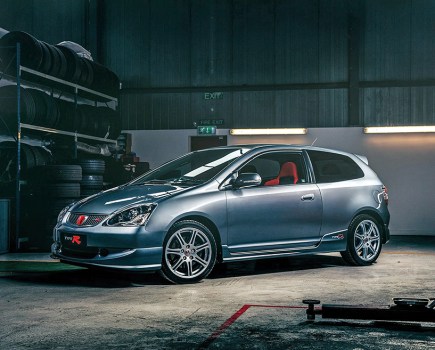Planning some big audio upgrades but not sure if you’ve got the power to run all those subwoofers? Here’s what you need to know about car batteries for audio builds.
Massive subwoofers delivering the kind of earth-shattering bass that’s capable of shaking every shop window in a 30-mile radius has been the goal for many an audio competition car over the years. It’s an admirable pursuit we think you’ll agree, there’s certainly no shame in wanting to push your system to the limit, right?
But aside from the dream of building your own SPL spec install, what’s the practical side when it comes to powering a whole boot-load of extreme audio gear? For a start, it stands to reason that running more equipment will increase the demand for power from your car battery. But read on because that’s where we’re here to help bust through all the technical jargon and lay it all out in simple terms.
The truth is that big audio builds go hand-in-hand with big amounts of power to keep them running, and it’s the reason why uprated car batteries are big business nowadays. But what’s the difference between those that start your car, those that power your head unit, and those specialist items specifically designed for massive audio installs? Can a regular car battery do it all? Or are you going to need to pop in an extra one… or more?
Check out our guide to car batteries for audio builds to discover all the answers…
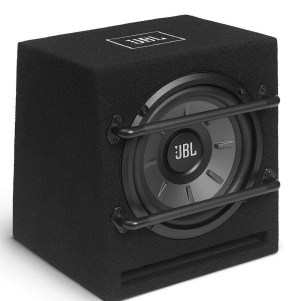
What type of system are you building?
For the purposes of this guide, rather than SQ systems (where sound quality is the ultimate goal), here we’re looking at audio setups designed to pump out plenty of hard-hitting bass. Our reasoning behind this is that these tend to have the most effect on power delivery from your car battery.
Let’s put it this way; the large, stiff cones in subwoofers require more energy than any other speaker to get moving, and this is why they need big amplifiers to crank up the music signal into one with sufficient power. In turn, to do their job, huge audio amplifiers demand a lot of current directly from the car battery, especially when the bass drops, which can often be more than the standard battery is designed to deliver.
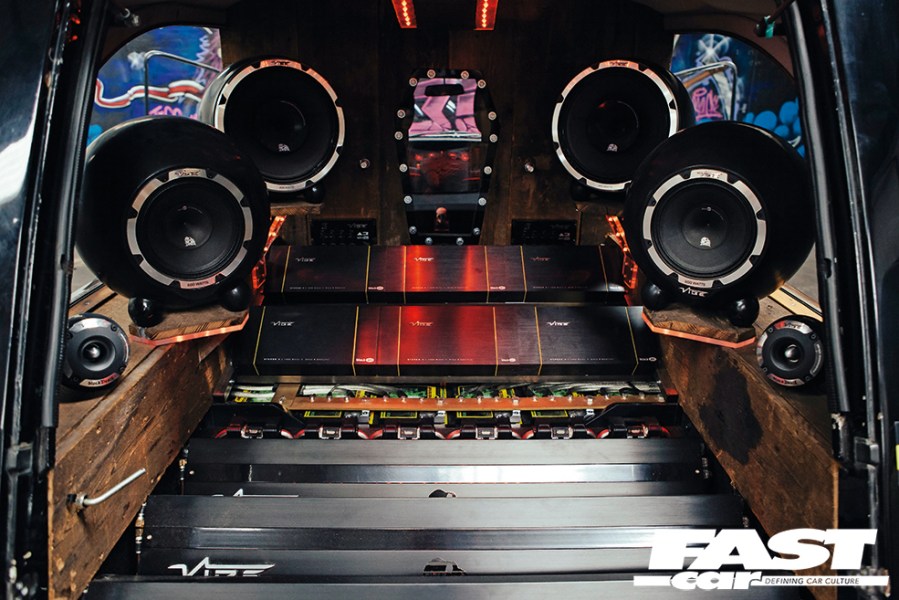
Large or larger?
First and foremost, there’s two types of bass systems you may be contemplating building – a powerful uprated system… or one that’s absolutely enormous! It sounds silly but there is a difference because this is where the amount of current your system requires comes into play. Running a large amplifier to power your woofers is one thing, but running multiple large amplifiers is entirely another. Eventually there’s a threshold where a single car battery in the standard location won’t be able to deliver the stable current that’s needed, whether that battery happens to be uprated or not. It’s here where we start looking into adding an extra battery (or more) to supplement the audio system when the car battery can’t deliver the juice required.
How to tell if your standard car battery can’t cope
Of course, it’s possible to run a high-powered system off a ‘normal’ car battery, it’s by far the most common type of system out there. Standard car batteries are designed to deliver a little more than the power required for the standard spec of the car, but not a massive amount more. So, if the stock battery isn’t big enough to have a sufficient pool of power to draw from, you’ll drain the battery faster than the alternator can restore the charge. Eventually of course, you’ll end up with a flat battery, or at least a battery where the voltage has dropped enough that it can no longer power the system or take on the other demands from the rest of the vehicle.
You may notice your lights dimming or engine revs dropping when the bass drops in your system, this is a tell-tale sign that your car battery is struggling. If you’re lucky, an uprated battery will cure the problem, but if the system is too big for even an uprated battery, then adding a secondary battery may be the only solution.
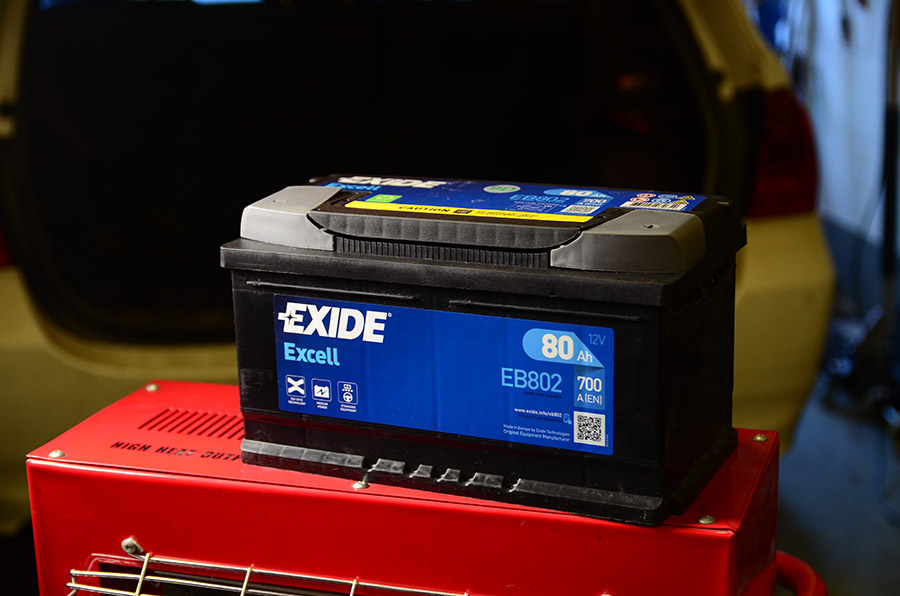
Battery Types
There’s a few different types of car battery out there and they offer varying levels of performance according to their construction. Traditional lead acid car batteries are the most common, EFB (enhanced flooded batteries) are also reasonably abundant and, when it comes to high performance audio builds, many opt to upgrade to a high-performance AGM (absorbent glass matt) battery. These tend to give a higher output, faster charging and a longer life span but they’re by no mans the only ones you can use. For our purposes here though, there’s two main categories we can lump all these batteries into; these are starter batteries and deep cycle batteries.
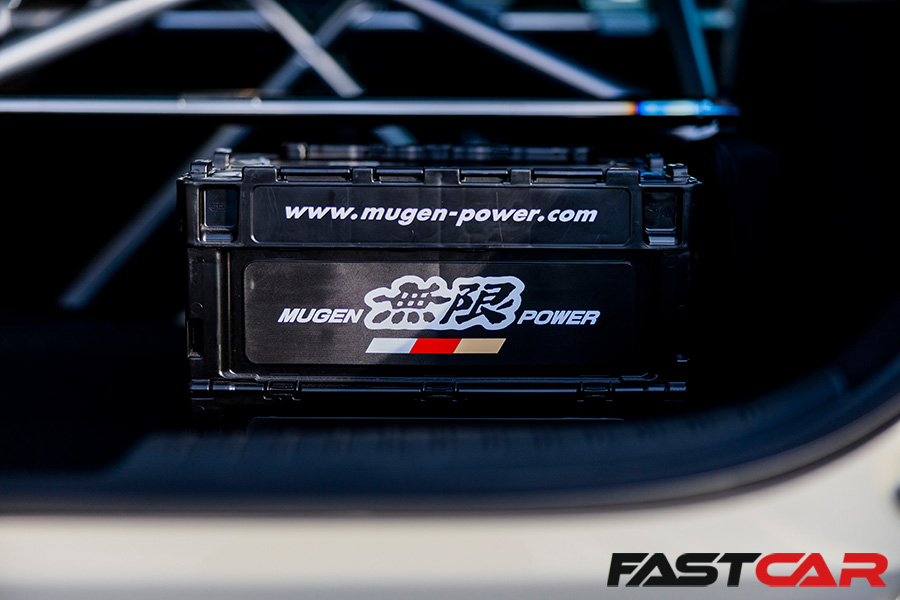
Starter Batteries
When we refer to a ‘normal’ car battery (uprated or otherwise) we’re talking about a starter battery. These are by far the most common and what you’ll find on every car out there. Starter batteries have the dual purpose of providing 12Volts to all the vehicle systems and offering a whole load of cranking power for short periods so you can you start the engine. In the simplest terms these attributes rely on the capacity and cranking power figures you’ll find on the battery label. The capacity or Ah (amperage hours) figure refers to the battery power storage and the CCA (cold cranking amps) is the short burst performance needed for starting.
What’s most import here is that starter batteries may have to run the audio system, but they run everything else too. They’re designed to power the engine, lights and periodically the starter motor, not so much your extreme sound system. This type of battery also requires charging almost straight away. After 5% of the charge is depleted, they need the alternator to constantly top them up to avoid warping the relatively fragile metal plates inside. The recharge and discharge of a car battery is what’s known as the cycle.
While adding a secondary starter battery to help run your audio system can work well (two identical batteries essentially doubles the power storage capacity of the system), this doesn’t change the deep cycling capability associated with this type of battery. Constantly draining a starter battery of more than 20% of its capacity drastically reduces its lifespan. These aren’t designed to be discharged deeply, meaning they have a limited cycling ability. So, this is where true deep cycle batteries come in.
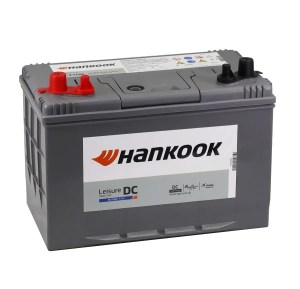
Deep Cycle Batteries
Deep cycle batteries are specifically engineered to withstand heavy discharging and gradual recharging. In other words, they are capable of provide a steady continuous flow of power for long periods without constant charging.
Unlike starter batteries these can happily have 80% of their capacity discharged and recharged repeatedly without causing damage or dropping the voltage. This is what’s known as a deep cycling (or having a high cycling capability) and it’s achieved using high-grade components and much thicker metal plates that are less susceptible to warping.
Aside from the price, the downside of this design is that overcharging (by offering the type of constant charging you’d give to a starter battery) significantly reduces the lifespan. In other words, deep cycle batteries are only really suitable as a secondary battery to help run your audio system.
You can think of these as a huge power bank. They’re rigged up to the same system and still charged by the alternator, but when your starter battery starts to struggle, they offer the additional power reserves needed to keep everything running. This means that when you’re spanking your subs the amplifiers can suck the power out of the deep cycle unit and then the alternator (or alternators) can gradually charge it back up.
Aside from secondary batteries in audio systems, you’ll find deep cycle units powering all the auxiliary gear in camper vans, golf carts, some hydraulic suspension systems and on boats… basically anything that you run until most of the battery power is depleted and then externally charged. In fact, many still call these marine batteries.
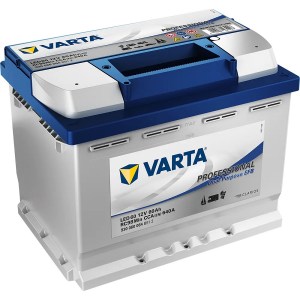
Dual Purpose Batteries
These are perhaps the most modern solution and are designed to give you the best of both worlds. DPBs, sometimes rereferred to as hybrid or combo batteries, are usually AGM batteries that utilize the latest technology to offer both deep cycling and high cranking power. This means that that (up to a point) they can be used instead of a multiple battery setup. Like all AGM batteries they’re on the expensive side, and arguably they can’t offer the same result as having both a starter battery and a deep cycle battery, but again, this all depends on the type of system you’re planning on building. Or, more specifically, the amount of current it’s going to need.

Power Ratings
All in all, the total power draw of your system is the most important thing when it comes to the setup you choose. It’s a complicated business sure but, while it’s a bit of an approximation (the true audiophiles won’t like this for our abject simplicity here), you can get some indication by dividing the maximum output of all your amplifiers by the voltage (Current = Power (Watts) / Voltage).
At 12Volts a 1000W amplifier will draw 83.33A, so in theory a big old battery with an 84Ah capacity should keep it running for an hour at full chat (that’s without charging or running any other systems). In other words, a decent uprated starter battery, or a dual-purpose battery will probably the job nicely.
If, however, you’re thinking of slapping in three 1000watt amplifiers for your subs, and let’s say a cheeky 800 job for the rest of your system, that means you’ll be pulling 316.66A when the max power is needed. So extra batteries may be needed to keep up with the demand. While, you will only be cranking this sort of current for short periods (admittedly, if at all), it can still add up to deplete the overall capacity if there isn’t enough power going back in during charging.
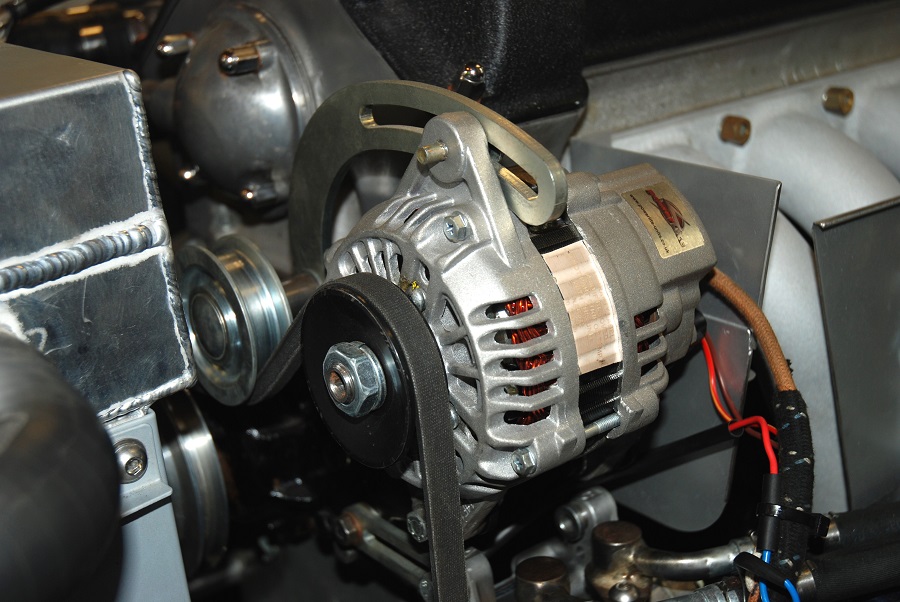
Recharging
Finally, there’s the question of the alternator being able to replace the juice in your batteries quickly enough. Car alternators typically produce between 40-120 Amps, with uprated versions producing around 300 or so. This is important because a tiny 40A alternator isn’t going to fill up your huge 100Ah battery as quickly as a 100A alternator. (The 100A alternator takes an hour to deliver the full 100Ah, and the 40A alternator 2.5 hours). And if you’re using a conventional starter battery you don’t want the capacity dropping enough to do any damage.
It’s a bit like trying to fill a bucket of water with a thimble or a tiny cup while there’s a hole in the bottom. Sometimes what you need is a bigger cup – preferably one capable of keeping the water at a constant level.






